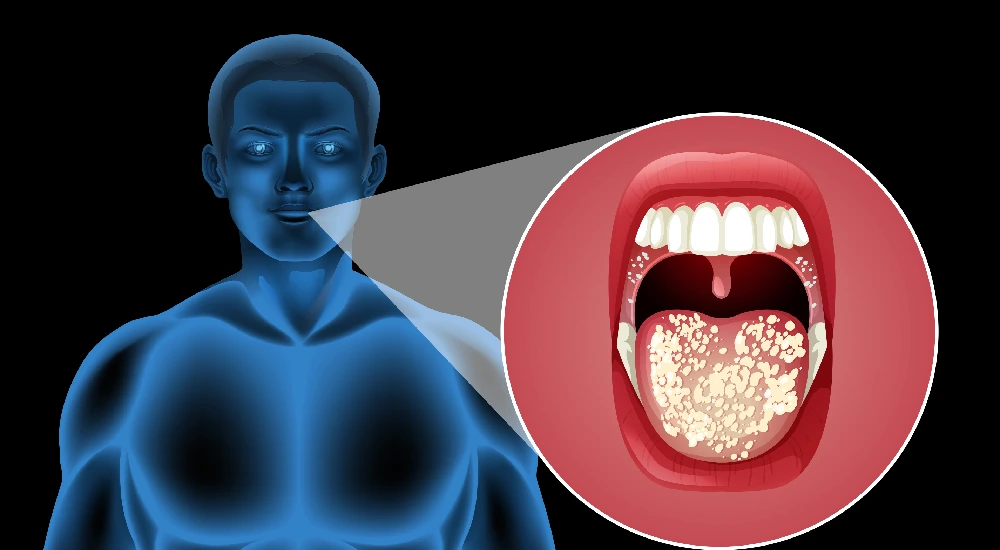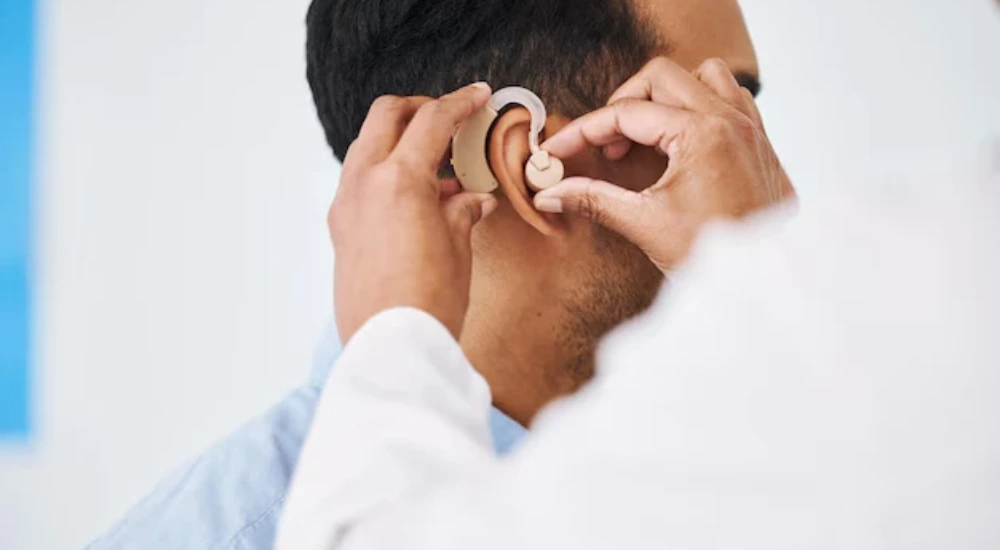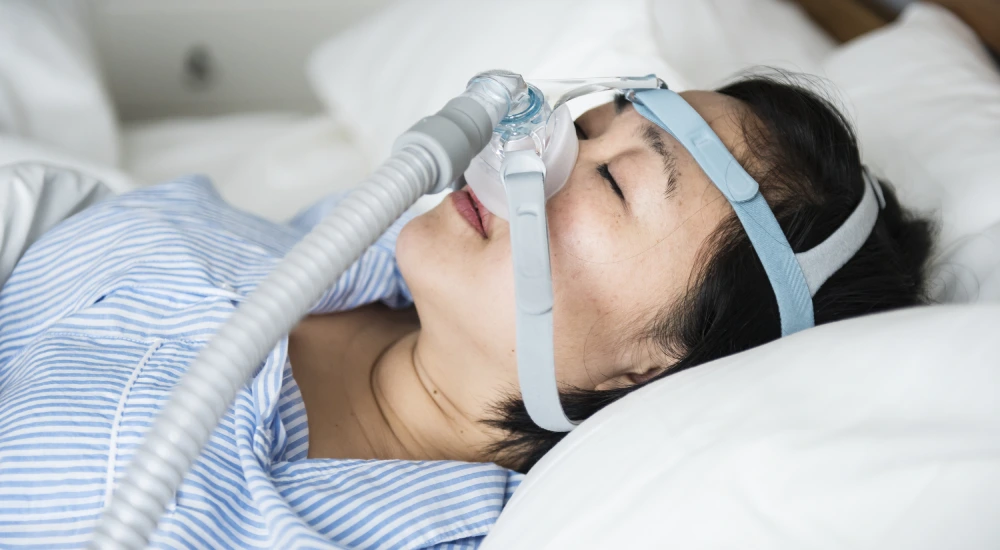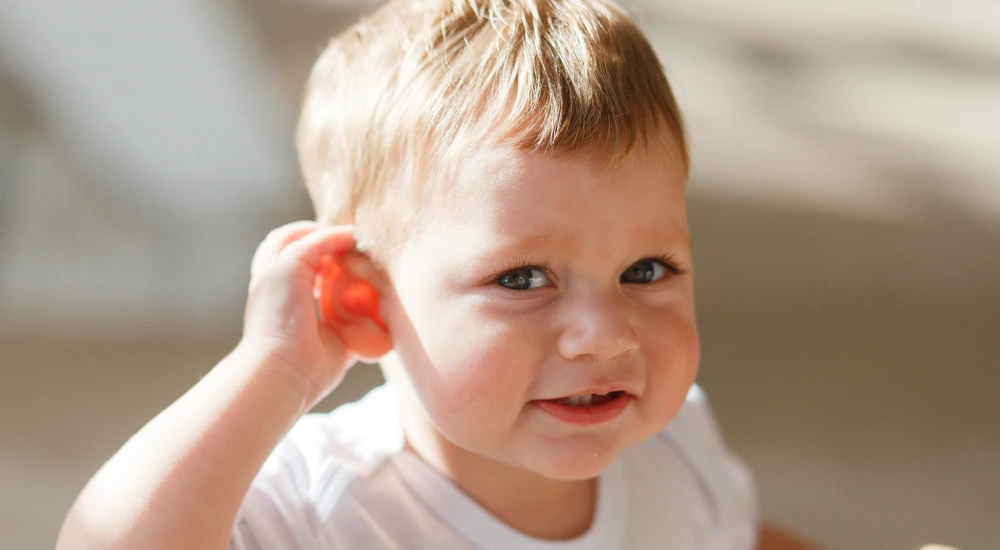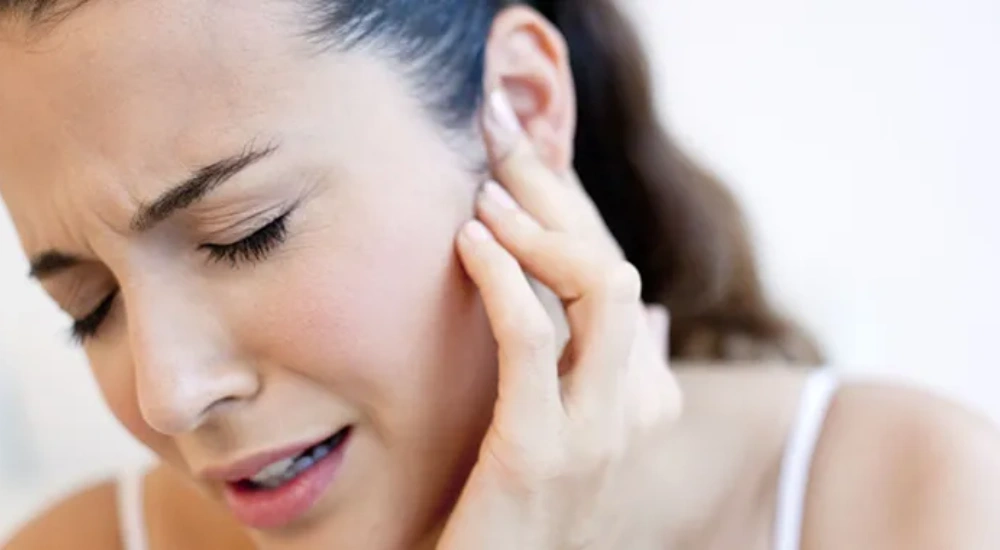
Auricular Perichondritis: Causes, Symptoms and Treatment
Auricular Perichondritis: Causes, Symptoms and Treatment
Auricular Perichondritis is an ear infection that occurs in the tissue encompassing the cartilage portion of the external ear called perichondrium. It is often termed as Pinna Perichondritis as there are visible symptoms like a pale red coloured ear, feeling of pain or inflammation in pinna(or auricle).Without proper and timely treatment, it can cause severe ear inflammation that can result in a permanent change in the cosmetic appearance(usually called cauliflower ear.)
Causes of Auricular Perichondritis
Auricular Perichondritis is caused by an infection in the ear lobe or strain on the perichondrium due to-
- Ear piercing particularly in the cartilage region
- Sports injuries
- Trauma after ear surgery
- Insect bites
- Burns
- Cuts and wounds in the ear
- Inadequate treatment for persisting otitis externa or swimmer’s ear
- Auto-immune disease
- Boils on the ear
- Head injury
- Acupuncture
Acute Perichondritis can lead infection of the cartilage called chondritis which results in severe damage to the ear structure.
Symptoms of Auricular Perichondritis
Any of the following symptoms may be prevalent in the ear-
- Redness
- Swelling
- Pain
- Fluid discharge or pus formation
Fever and deformation of the ear structure may occur in severe cases.
In case there is a relapse of Perichondritis, there may be other accompanying symptoms like vertigo (dizziness), tinnitus (ringing sound in the ears), middle ear infection, sudden loss of hearing function, abnormalities in balancing, floppy appearance or drainage in the ears.
Treatment for Auricular Perichondritis
The approach chosen for treatment is based on physical examination of the ears and the extent of infection. The various methods adopted in treatment include-
- Administration of antibiotics - ENT doctors prescribe oral antibiotics and corticosteroids for treating the infected pinna. In case the infection is high, antibiotics may be administered through Intra Venous (IV) fluids. The choice of the antibiotic depends on the severity of the infection and the type of bacteria which causes it. Perichondritis caused by auto-immune disease is treated with steroid medicines to suppress the immune response from infecting the ear cartilage.
- Removal of harmful foreign objects - ENT specialists may choose to remove the foreign object like earrings or splinters which are causing the infection.
- Warm compress and surgical drainage - Giving warm compresses to the affected portion of the ear may be beneficial. In case this infection causes the formation of an abscess due to the collection of pus, the ENT doctors may surgically drain the pus by making an incision to restore blood circulation to the ear cartilage. A small drain is usually placed for a few days to remove the pus accumulation. Additionally, the surgeons may opt to suture the perichondrium to the cartilage to facilitate faster healing and prevent deformities in the ear structure. Antibiotics are administered after surgery to prevent recurrence of infection.
Plastic surgery may be inevitable if the Perichondritis is very severe causing damage and deformities to the ear structure. Ear surgery in Coimbatore is well-known to treat such complicated cases, where, after removing the damaged portion, the ear is cosmetically reconstructed by the plastic surgeon to give it a normal appearance.
- Relief by pain-killers - Patients suffering from Perichondritis may be given pain-killer medications to provide respite from ear pain and reduce the redness and swelling.
Perichondritis often lasts for long durations and is known to recur without proper diagnosis and treatment. It may also cause permanent ear impairments.ENT treatment in Coimbatore is renowned for curing this challenging infection.
Prevention of Auricular Perichondritis
By avoiding piercing of the ear through the cartilage, Auricular Perichondritis may be easily prevented. Rather, piercing the ear lobe could be a better alternative. However, this infection cannot be avoided due to accidental injuries.
If you experience trauma to your ears and subsequently have pain and redness in the stiffer portion of the outer ear, do consult the ENT physician to avoid complications. For more information, please visit this ENT Hospital in Coimbatore.
Share This Story, Choose Your Platform!

